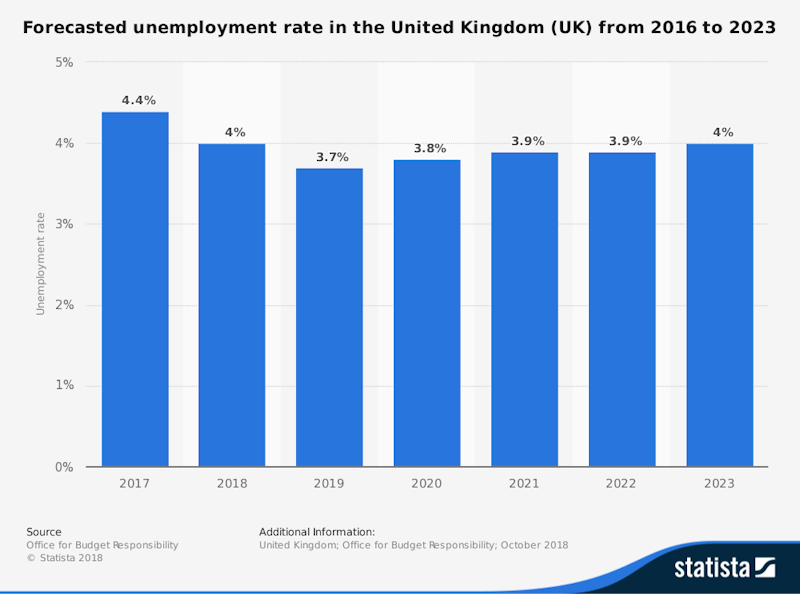Study Notes
Reducing unemployment - Supply-side policies
- Level:
- AS, A-Level, IB
- Board:
- AQA, Edexcel, OCR, IB, Eduqas, WJEC
Last updated 22 Jan 2019
Here is a worked example of building chains of reasoning to this question: "Explain two supply-side policies that might be used to reduce unemployment."

Paragraph 1
Supply side policies aim to lower structural unemployment and tend to focus on microeconomic aspects of the labour market. One example of a supply-side policy is to increase funding of programmes aiming to improve the human capital of jobless people. The UK government recently introduced theapprenticeship levy on UK employers to fund new apprenticeships.The main aim is to increase resources into vocational education and equip people with the news skills required in a changing economy. If people acquire skills such as software coding, computer-aided design or learn a new language, then they become more attractive to employers. This should help to address the skills mismatch that is a feature of structural unemployment and cut occupational immobility.
Paragraph 2
A second supply-side policy might be measures aimed at improving the geographical mobility of labour.Often, the costs of moving to a new area in search of work are prohibitive. Therefore, a strategy that might help this is to make rented accommodation more readily available and affordable.The government might decide to increase investment in new social housingby allowing local councils to borrow to build more homes. This would increase the supply of affordable social housing and also put downward pressure on rents charged in the private sector. Low affordability of housing is a barrier to people finding work. Building more homes would also increase the demand for labour.
You might also like
Measuring Unemployment
Topic Videos
Rapid Bus Transit and Growth in Dar es Salaam
30th January 2017
The Government Game - Economic Simulation Activity
Quizzes & Activities

Hitachi looks to build battery plant in the North East
7th July 2020

German government offers a cheap travel pass to citizens
15th July 2022
4.2.3.2 Policies to Reduce Unemployment (AQA A Level Economics Teaching Powerpoint)
Teaching PowerPoints
4.1.8.6 Market Imperfections - Factor Immobility (AQA Economics Teaching PowerPoint)
Teaching PowerPoints